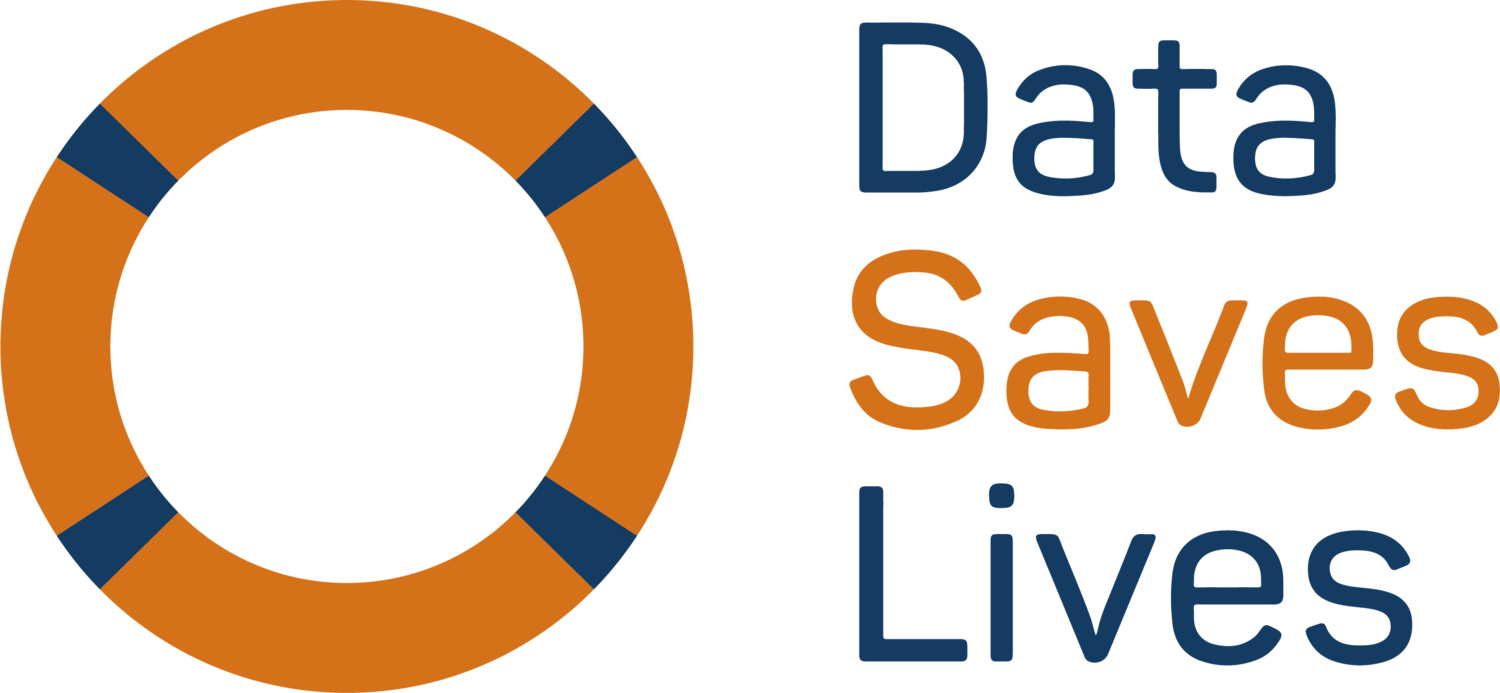Using National Cancer Registry data for the benefit of the brain tumour community
In 2015, brain cancer charity, braintrust, saw an opportunity: a widening gap between the ‘traditional’ approach to epidemiology of cancer and questions that the clinical and patient communities have. There was a need, and scope, for an evolving registration service to develop the conversation about cancer beyond such traditional indicators as:
1, 3, and 5 year survival
Mortality and morbidity
Prevalence
Incidence
Gender
Age
The aim was to broaden the discourse around epidemiology of care so that the some of the wider questions that patients, carers and clinicians have around care could be addressed. The charity looked at registry data in new ways to address important questions for the brain tumour community and established a process that can be used by other cancer sites.
The policy context for this piece of work is significant. At the Britain Against Cancer conference (Dec 2017) the All Party Parliamentary Group (APPG) on Cancer published its inquiry ‘Progress of the England Cancer Strategy: Delivering outcomes by 2020?’. Among concerns raised in the inquiry is that the APPG is “calling for NHS England and Public Health England to increase data transparency by making more of it available to the public” and that ‘this must include rare and less common cancers, all aspects of the patient pathway, and national and local data. [1] ”
Six years since the launch of braintrust’s project, the systems are well established, patient anonymity guaranteed, and we now have unprecedented access to data on rarer and less common cancers, such as brain cancer.
Methodology
In order to fulfil its duty as a public health agency responsible for cancer prevention and control in England, the NDRS is expected to produce evidence about cancer incidence, diagnosis treatment and survival. It fulfils this critical function by a range of outputs (Standard Output Tables), including official statistics and reports, and support for public health research on cancer.
The Standard Output Grouping is a way of partitioning all diagnoses of cancer into groups, where each group contains approximately 100 people with the same characteristics. The grouping can be viewed as a rooted branching tree, where the first node is the group 'all tumours', and each branch point divides by a dimension of interest (e.g. age, region, sex). If a node contains too few tumours then it cannot be divided further without making groups of less than 100, and so the tree terminates there. If the node has enough tumours it branches again by the next dimension of interest.
Key findings
Top-level outcomes from this work include:
The development of the IT interface - it can be done
It brings data to life
This work adds colour to other datasets e.g. early diagnosis
Emergent themes align with the James Lind Alliance Top Ten Uncertainties [2]
Three themes emerged from the first statistical release, all of which require further investigation to tell a more informed story:
10% of people with a non-malignant brain tumour (NMBT) do not survive one year.
5 – 9 year olds receiving RT dropped from 43% in 2013 to 27% in 2014.
We can see that groups of people (30 – 49 yr olds and 50 – 69 year olds) have similar treatment but have a big gap in outcomes.
This initial release of data marks a watershed as Public Health England is able to ensure safe and secure policies, processes and procedures are in place that meet the requirements of the law and best practice to ensure that patient data is shared in a way that does not compromise anonymity.
However, data on its own does not tell a story. In writing the reports, each of which tells one story, braintrust is bringing meaningful narrative to this data, with the support of clinical, patient and public health partners. See an example of one of its reports on the data here: https://brainstrust.org.uk/brain-tumour-data-highlights-urgent-unmet-needs-for-people-with-non-malignant-tumours/.
It is also working to make the data visually engaging, accessible and meaningful to the general public. You can see the data dashboard they’ve created here: https://brainstrust.org.uk/brain-tumour-data/.
As the project continues to generate data, it will continue to drive conversation on from traditional measures that focus on incidence and survival and help provide evidence at a whole population level, to support improved standards of care for people living with brain cancer and their families.
“We are delighted to have been able to support NDRS in this work and are grateful to everyone that has worked so hard to manage our expectations.”
Many thanks to Helen Bulbeck, Director, braintrust, for sharing this case study as an example of how #DataSavesLives.
brainstrust is the only UK wide brain cancer charity dedicated to helping patients and their caregivers. We know a brain tumour diagnosis is confusing, isolating and overwhelming. We know these problems are exacerbated by not being able to access care and information quickly and easily. And we also know that access to proactive support, and good information can improve knowledge and understanding, reduce anxiety, increase preparedness for events, instil control and improve satisfaction with treatment in brain tumour patients. That’s why we’re here.
brainstrust:
Enables patients to stand up for themselves, and therefore secure better outcomes
Solves real problems collaboratively
Creates the vision for patients and caregivers to help them understand how their care should be
Provides the patient/caregiver voice
We give the brain tumour community the means to have a voice at the time when it needs it most. The result? A feeling of being in control, and better outcomes for people living with a brain tumour.
[1] APPG on Cancer Inquiry December 2017

